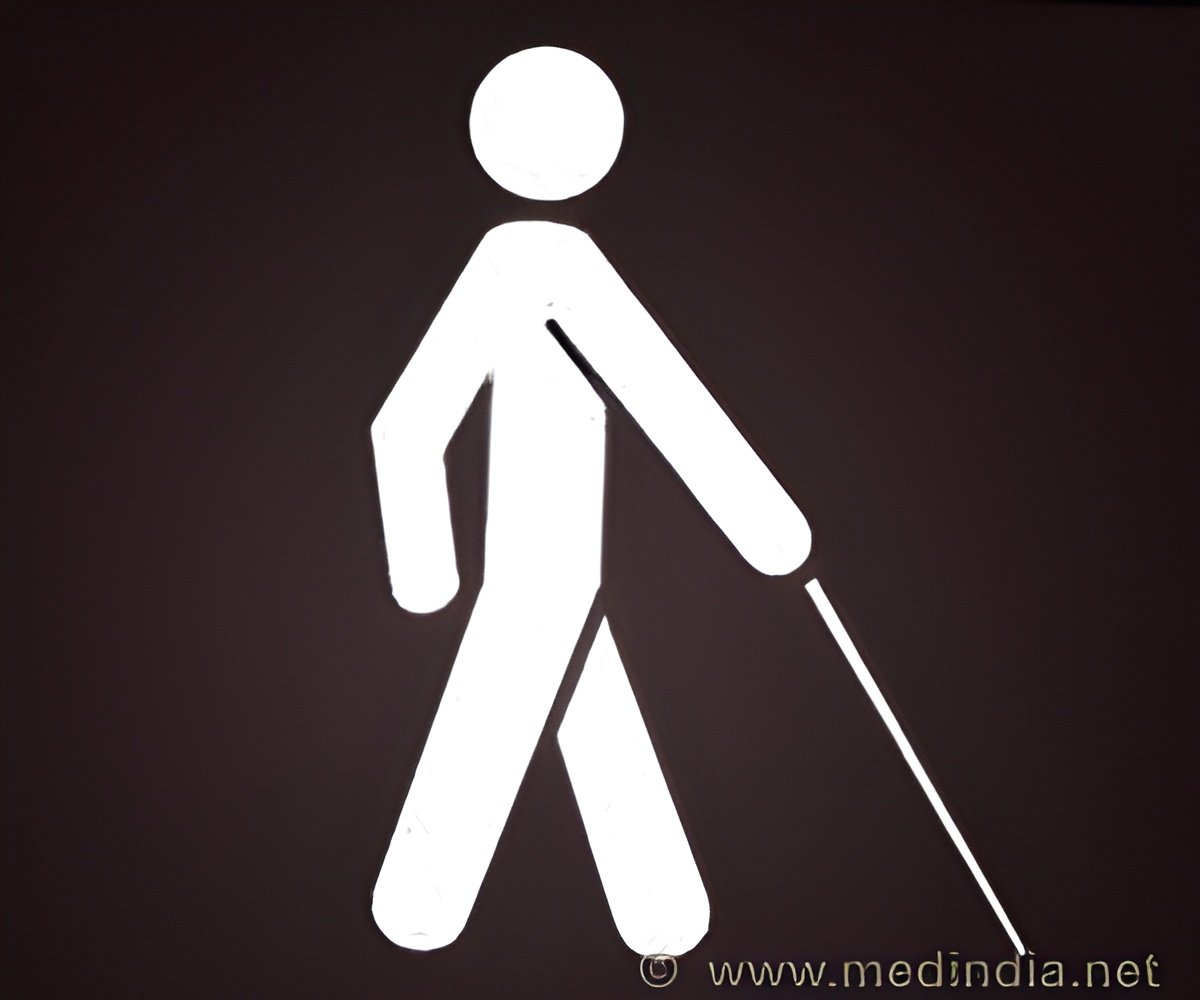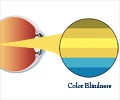Permanent blindness may no longer be permanent, and it could be cured by stimulating the optic nerve with a new type of intraneural electrode called OpticSELIN.

TOP INSIGHT
Blindness afflicts at least 39 million people across the globe. Many determinants can induce blindness, like genetics, retinal detachment, trauma, stroke in the visual cortex, glaucoma, cataract, inflammation, or infection.
Read More..
Blindness affects an estimated 39 million people in the world. Many factors can induce blindness, like genetics, retinal detachment, trauma, stroke in the visual cortex, glaucoma, cataract, inflammation, or infection. Some blindness is temporary and can be treated medically. How do you help someone who is permanently blind?
The idea is to produce phosphenes, the sensation of seeing the light in the form of white patterns, without seeing the light directly. Retinal implants, a prosthetic device for helping the blind, suffer from exclusion criteria. For example, ½ million people worldwide are blind due to Retinitis pigmentosa, a genetic disorder, but only a few hundred patients qualify for retinal implants for clinical reasons. A brain implant that stimulates the visual cortex directly is another strategy albeit risky. A priori, the new intraneural solution minimizes exclusion criteria since the optic nerve, and the pathway to the brain is often intact.
Previous attempts to stimulate the optic nerve in the 1990s provided inconclusive results. EPFL’s Medtronic Chair in Neuroengineering Diego Ghezzi explains, "Back then, they used cuff nerve electrodes. The problem is that these electrodes are rigid, and they move around, so the electrical stimulation of the nerve fibers becomes unstable. The patients had a difficult time interpreting the stimulation because they kept on seeing something different. Moreover, they probably have limited selectivity because they recruited superficial fibers."
Intraneural electrodes may indeed be the answer for providing rich visual information to the subjects. They are also stable and less likely to move around once implanted in a subject, according to the scientists. Cuff electrodes are surgically placed around the nerve, whereas intraneural electrodes pierce through the nerve.
They developed an elaborate algorithm to decode the cortical signals. They showed that each stimulating electrode induces a specific and unique pattern of cortical activation, suggesting that intraneural stimulation of the optic nerve is selective and informative.
With current electrode technology, a human OpticSELINE could consist of up to 48-60 electrodes. This limited number of electrodes is not sufficient to restore sight entirely. But these limited visual signals could be engineered to provide a visual aid for daily living.
Source-Eurekalert
 MEDINDIA
MEDINDIA




 Email
Email








